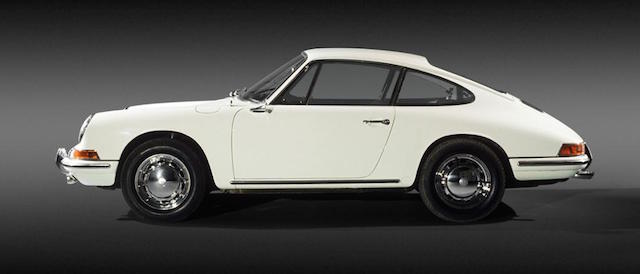
Porsche has given its one-millionth 911 a few design blasts from the past, including a wooden steering wheel with a 1964 crest and a manual gearbox with wood-capped gear lever.
The Porsche 911 Carrera S number 1,000,000 rolled off the production line near Stuttgart painted in a deep Irish green and with its seats covered in a houndstooth cloth pattern.
Porsche created an icon in 1963 and, over the past 54 years, developed it into an unconventional yet legendary sports car.
The best minds in the business scoffed at Ferdinand Porsche when he bolted the engine in behind the rear wheels, effectively putting the cart in front of the horse.
The milestone Carrera S is destined for the Porsche museum. But before it takes pride of place there, it will be taken on a world tour. Here is a history of the 911.
Above: 911 2.0-litre, 1965
The 911 prototype and successor to the Porsche 356, was first unveiled at the Frankfurt motor show in 1963 as the 901. It was renamed the 911 for its launch in 1964 after Porsche found Peugeot owned the rights to ‘0’ in the middle of other numbers. The 911’s air-cooled, 2.0-litre flat-six engine delivered 98kW and a top speed of 210km/h. In 1966, the engine was reworked to deliver 120kW in the 911 S. Over the next six years it went from 2.0 litres to 2.2, 2.4 and 2.7. The 911 Carrera RS 2.7 of 1972 put out around 160kW and is today considered the most collectable of 911s. Number of vehicles: 81,100
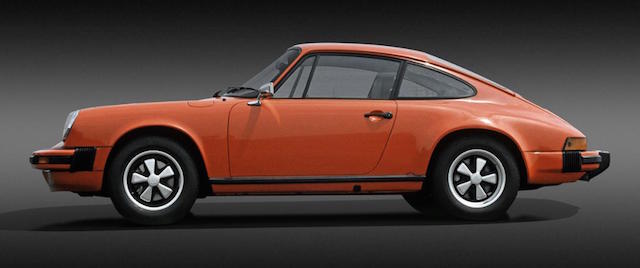 Above: 911 Carrera 2.7-litre, 1973
Above: 911 Carrera 2.7-litre, 1973
Porsche gave the 911 its first thorough makeover with the ‘G’ model, produced from 1973 to 1989, longer than any other 911 generation. It featured prominent bumpers, an innovation designed to meet crash test standards in the United States. Three-point safety belts and integrated headrests were standard equipment. The first Porsche 911 Turbo appeared in 1974, using a 3.0-litre flat-six producing 195kW. The next performance jump came in 1977 with the 224kW, 3.3-litre 911 Turbo. In 1983, the 172kW naturally aspirated 3.2-litre 911 Carrera superseded the SC. In 1982, the 911 Cabriolet was launched and in 1989 the 911 Carrera Speedster. Number of vehicles: 198,414
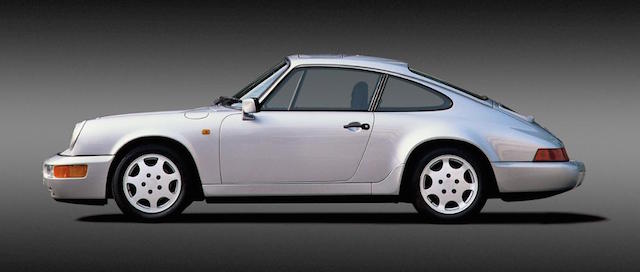 Above: 911 Carrera 4 3.6-litre, 1989
Above: 911 Carrera 4 3.6-litre, 1989
The 911 platform was radically revised with 85 per cent new components. It rode on a redesigned chassis with alloy control arms and coil springs instead of the previous torsion-bar suspension. Its air-cooled 3.6-litre flat engine delivered 186kW. A new member of the new 911 line-up right from the start was the all-wheel drive Carrera 4. The rear-wheel-drive Carrera 2 came on the market just six months later. In addition to the Carrera Coupe, Cabriolet and Targa versions, starting in 1990 customers could also order the 964 Turbo, powered by the 3.3-litre flat-six engine. In 1992 the Turbo was upgraded to include a more powerful 270kW 3.6-litre engine. Number of vehicles: 74,008
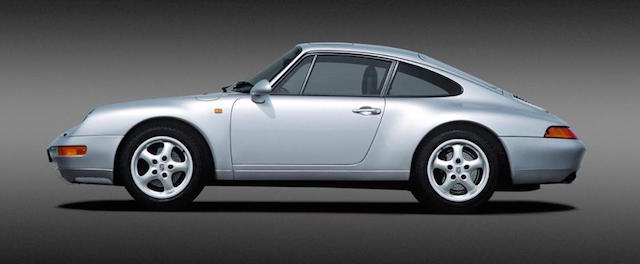 Above: 911 Carrera 3.6-litre, 1993
Above: 911 Carrera 3.6-litre, 1993
This model had the internal design number 993 and quickly gained a reputation for dependability and reliability. It was also agile, as the first 911 with a newly designed aluminium chassis. The Turbo version was the first to have a twin-turbo engine. The hollow-spoke aluminium wheels, never before used on any car, were yet another innovation of the all-wheel-drive Turbo. The Porsche 911 GT2 was aimed at the sports car purist. An electric glass roof that slid under the rear window was one of the innovations of the 911 Targa. The real reason why Porsche enthusiasts still revere the 993 is that it was the last 911 with an air-cooled engine. Number of vehicles: 67,535
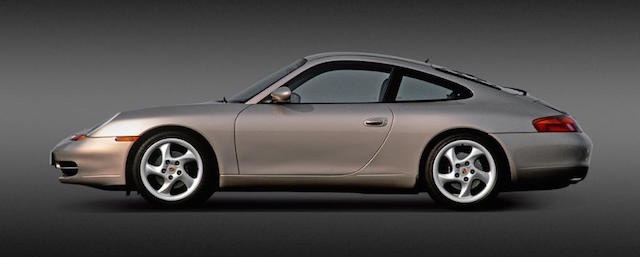 Above: 911 Carrera 3.4-litre, 1997
Above: 911 Carrera 3.4-litre, 1997
The 996 rolled off the assembly line from 1997 to 2005 and represented a major turning point in the history of the 911. It retained all the character of its classic heritage, but was an entirely new car and the first to be driven by a water-cooled flat-six engine. Thanks to its four-valve cylinder heads it achieved 225kW and broke new ground in terms of reduced emissions, noise, and fuel consumption. With the 996, Porsche launched an unprecedented product offensive. The 911 GT3 became one of the highlights of the model range in 1999, keeping the tradition of the Carrera RS alive. The 911 GT2 was the first car equipped with ceramic brakes as standard. Number of vehicles: 179,163
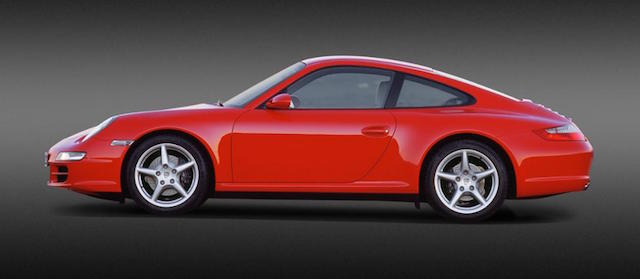 Above: 911 Carrera 3.6-litre coupe, 2004
Above: 911 Carrera 3.6-litre coupe, 2004
Porsche unveiled the new 911 Carrera and 911 Carrera S models, referred to internally as the 997. The Carrera had a 3.6-litre engine developing 242kW; the Carrera S a 3.8-litre unit delivering 265kW. The Carrera S came with Porsche Active Suspension Management as standard. In 2006, Porsche introduced the 911 Turbo, the first to include a turbocharger with variable turbine geometry. Model improvements in 2008 included direct fuel-injection and a double-clutch transmission. With Carrera, Targa, Cabriolet, rear or all-wheel drive, Turbo, GTS, special models, and road versions of GT racing cars, the 911 family ultimately comprised 24 model variants. Number of vehicles: 215,092
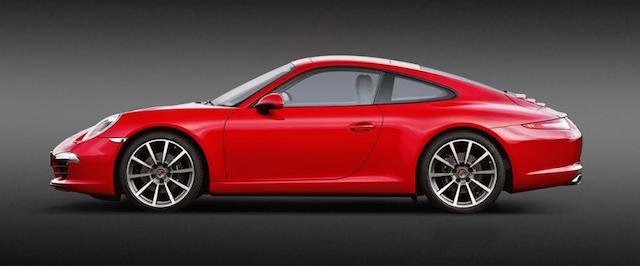 Above: 911 Carrera 3.4-litre coup, 2011
Above: 911 Carrera 3.4-litre coup, 2011
Code-named the 991, it embodied the greatest engineering leap in the history of the 911. A new chassis and ergonomic interior provided an even sportier and more comfortable drive. This 911 was all about lower fuel consumption and more power, using the smaller 3.4-litre engine on the base Carrera model and a hybrid steel/aluminium construction for lighter weight. Also new was Porsche Dynamic Chassis Control and the manual seven-speed transmission. The new 3.0-litre twin-turbo engine developed 272 kW in the 911 Carrera and 309 kW in the 911 Carrera S. The enhanced Porsche Active Suspension Management (PASM) chassis and optional rear axle steering improved the car even further. Number of vehicles until the end of 2016: 152,659

